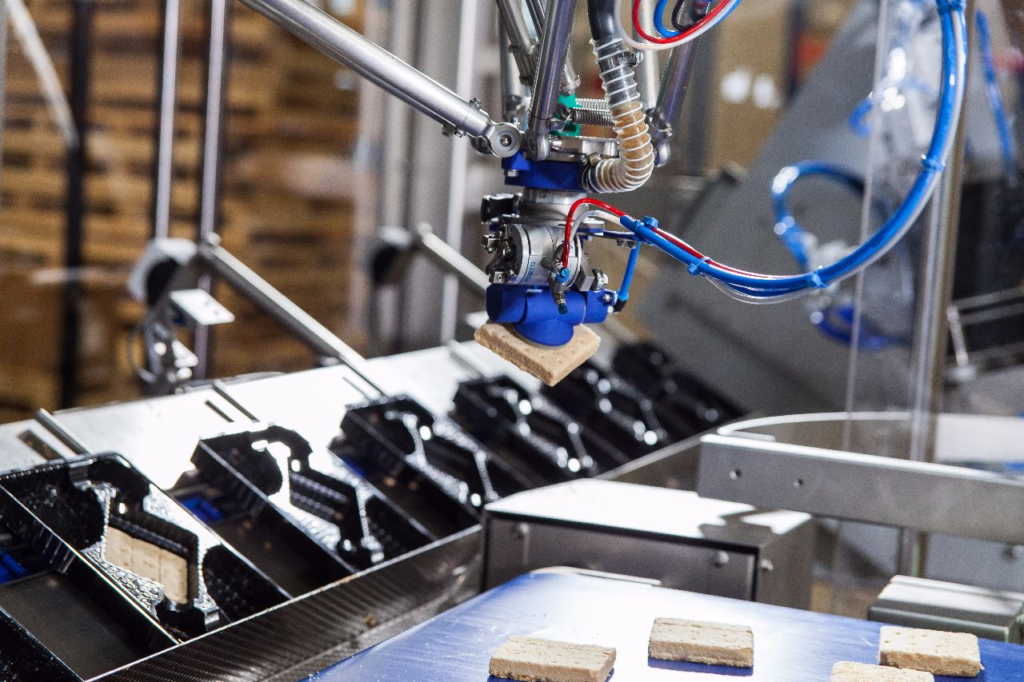What Is Industrial Automation?
This is a guest post from PWR, a company located in Scotland and The Netherlands.

Industrial automation is the use of machines, control systems and information technologies to minimize or eliminate the need for human intervention in the production of goods and services.
It is a field that combines engineering, computer science, and management principles to design and create automated systems. So far, industrial automation has seen many changes.
Until now, it is considered as one of the best practices for many businesses. In this article, we will find out what industrial automation is all about. Also, we will discuss some of its common types.
Some Trends To Watch Out For in Industrial Automation
The industrial automation industry is rapidly evolving. New technologies and approaches are constantly being developed to help manufacturers increase efficiency, reduce costs, and improve quality.

As the industry evolves, the needs of manufacturers also rise. To stay competitive, manufacturers must keep up with the latest trends in industrial automation. This pick and place automation system by PWR pack is such an example.
Here are four key trends that are shaping the future of industrial automation:
1: Increasing Use of Sensors and Data Analytics
The first trend is the increasing use of sensors and data analytics. Sensors are becoming more sophisticated and can now collect a variety of data points.
This data is then analyzed to help improve processes and optimize performance. Data analytics is also being used to develop predictive maintenance models that can help prevent equipment failures.
2: Use Of Artificial Intelligence (AI)
The second trend is the increasing use of artificial intelligence (AI) and machine learning. AI is being used to develop more sophisticated algorithms that can analyze data more effectively.
Machine learning is being used to create models that can predict how the equipment will perform under various conditions. This information can then be used to optimize processes and prevent problems before they occur.
3: Use of Robots
The third trend is the increasing use of robotics. Robotics is becoming more versatile and capable of performing a variety of tasks.
They are also becoming more affordable, making them a viable option for more manufacturers. In addition, robotics can help improve productivity and quality while reducing costs.
4: Virtual Reality And Industrial Automation
The fourth trend is the increasing use of virtual reality. Virtual reality can be used for training, product development, and marketing.
It can also be used to create immersive experiences that give customers a better understanding of a product or service.
Benefits of Industrial Automation
Now, let us take a look at some of the common benefits of industrial automation.
1: Industrial Automation For Increased Productivity
Industrial automation can help to increase productivity in a number of ways. One way is by automating tasks that are currently done manually. This can free up employees to do other tasks that are more important.

Automation can also help to improve the accuracy and consistency of tasks, which can lead to a higher quality product or service. Industrial automation can improve quality control and reduce waste. Automating processes helps companies make products that are consistent and with fewer defects.
2: Industrial Automation Can Help To Reduce Costs
Industrial automation can help reduce the cost of running a business. Automating tasks that are typically done manually can help to decrease labor costs.
Automating processes can also improve efficiency and accuracy, leading to increased productivity and profitability.
So, with Industrial automation, you get the best of both aspects. Increased efficiency and low operational cost are defiantly something to consider.
3: Industrial Automation Helps Improve Safety
One of the most important aspects of industrial automation is safety. By automating certain tasks and processes, businesses can help improve safety for their employees. Automated systems can help reduce the chance of human error, which can lead to accidents.

Furthermore, businesses can help reduce the risk of injuries associated with manual labor by automating the process of loading and unloading materials.
Overall, industrial automation can help to improve safety in the workplace. Automating dangerous or potentially hazardous tasks can help create a safer environment for employees. In doing so, businesses can avoid costly accidents and injuries.
Final Words
In short, industrial automation is definitely helpful for various businesses. Therefore, it has many benefits.
In this regard, it is also important to watch out for the latest trends in this industry. This will help you make the best out of this modern automation trend.
This post is courtesy of Peter Yordanov of PWR, for more interesting content check them out at https://www.pwrpack.com/
